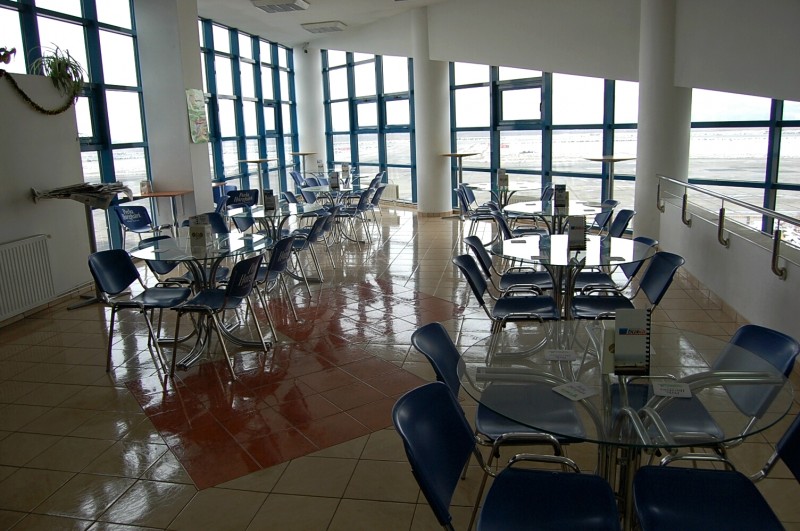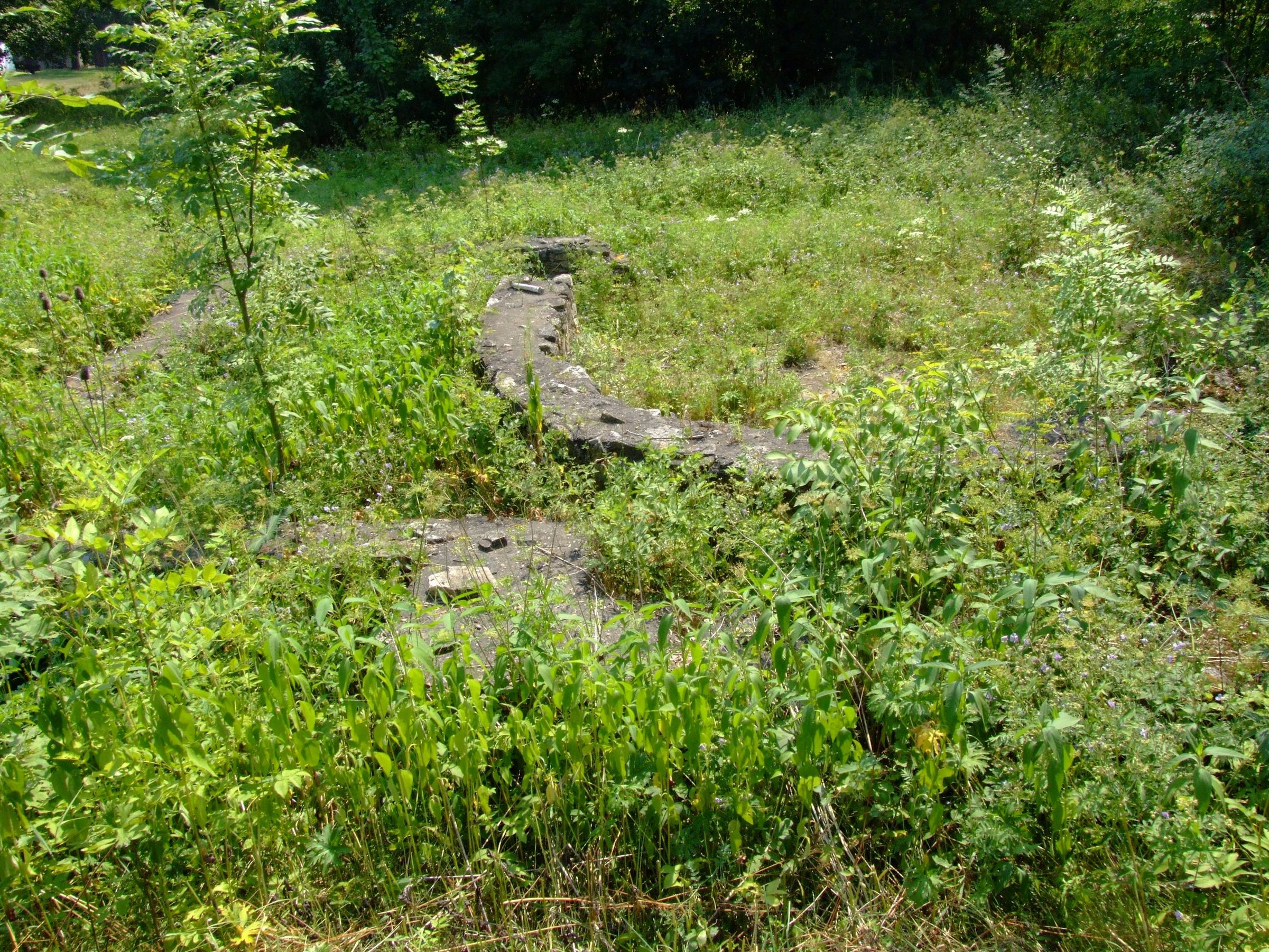|
Ogra
Ogra ( hu, Marosugra or colloquially ''Ugra'', pronounced: ) is a commune in Mureș County, Transylvania, Romania. It is composed of five villages: Dileu Vechi (''Oláhdellő''), Giuluș (''Gyulas''), Lăscud (''Lackod''), Ogra, and Vaideiu (''Mezőújfalu''). The commune is situated on the Transylvanian Plateau, on the banks of the Mureș River. It is located in the southwestern part of the county, from the county seat, Târgu Mureș. The A3 motorway connects Ogra to Brașov ( Cristian), to the southeast and Cluj-Napoca ( Gilău), to the northwest. The Târgu Mureș International Airport is to the east. As of 2011, the commune had a population of 2,387, consisting of 45.3% Romanians, 29.2% Roma, and 21.3% Hungarians. The was built in the 17th century in the Baroque style. It was nationalized by the Communist authorities in 1949, and served for a while as a school and then town hall; since 2011 it functions as a hotel and restaurant. The Ogra mine is a salt mine loca ... [...More Info...] [...Related Items...] OR: [Wikipedia] [Google] [Baidu] |
Ogra Mine
The Ogra mine is a large salt mine located in central Romania in Mureș County, close to Ogra. Ogra represents one of the largest salt reserves in Romania having estimated reserves of 100 billion tonnes of NaCl Sodium chloride , commonly known as salt (although sea salt also contains other chemical salts), is an ionic compound with the chemical formula NaCl, representing a 1:1 ratio of sodium and chloride ions. With molar masses of 22.99 and 35.45 g .... References {{DEFAULTSORT:Ogra Mine Salt mines in Romania ... [...More Info...] [...Related Items...] OR: [Wikipedia] [Google] [Baidu] |
Mureș County
Mureș County (, ro, Județul Mures, hu, Maros megye) is a county ('' județ'') of Romania, in the historical region of Transylvania, with the administrative centre in Târgu Mureș. The county was established in 1968, after the administrative reorganization that re-introduced the historical ''judeţ'' (county) system, still used today. This reform eliminated the previous Mureș-Magyar Autonomous Region, which had been created in 1952 within the People's Republic of Romania. Mureș County has a vibrant multicultural fabric that includes Hungarian-speaking Székelys and Transylvanian Saxons, with a rich heritage of fortified churches and towns. Name In Hungarian, it is known as ''Maros megye'' (), and in German as ''Kreis Mieresch''. Under Kingdom of Hungary, a county with an similar name (Maros-Torda County, ro, Comitatul Mureş-Turda) was created in 1876. There was a county with the same name under the Kingdom of Romania, and a Mureș-Magyar Autonomous Region (1960–19 ... [...More Info...] [...Related Items...] OR: [Wikipedia] [Google] [Baidu] |
List Of Hungarian Exonyms (Mureș County)
This is a list of Hungarian names for towns and communes in Mureș County, Transylvania, Romania. {{DEFAULTSORT:List of Hungarian exonyms (Mures County) Mures County Hungarian exonyms in Mures Hungarian Hungarian Exonyms An endonym (from Greek: , 'inner' + , 'name'; also known as autonym) is a common, ''native'' name for a geographical place, group of people, individual person, language or dialect, meaning that it is used inside that particular place, group, ... Hungarian ... [...More Info...] [...Related Items...] OR: [Wikipedia] [Google] [Baidu] |
Commune In Romania
A commune (''comună'' in Romanian language, Romanian) is the lowest level of administrative subdivision in Romania. There are 2,686 communes in Romania. The commune is the rural subdivision of a Counties of Romania, county. Urban areas, such as towns and cities within a county, are given the status of ''Cities in Romania, city'' or ''Municipality in Romania, municipality''. In principle, a commune can contain any size population, but in practice, when a commune becomes relatively urbanised and exceeds approximately 10,000 residents, it is usually granted city status. Although cities are on the same administrative level as communes, their local governments are structured in a way that gives them more power. Some urban or semi-urban areas of fewer than 10,000 inhabitants have also been given city status. Each commune is administered by a mayor (''primar'' in Romanian). A commune is made up of one or more villages which do not themselves have an administrative function. Communes ... [...More Info...] [...Related Items...] OR: [Wikipedia] [Google] [Baidu] |
Salt Mining
Salt mining extracts natural salt deposits from underground. The mined salt is usually in the form of halite (commonly known as rock salt), and extracted from evaporite formations. History Before the advent of the modern internal combustion engine and earth-moving equipment, mining salt was one of the most expensive and dangerous of operations because of rapid dehydration caused by constant contact with the salt (both in the mine passages and scattered in the air as salt dust) and of other problems caused by accidental excessive sodium intake. Salt is now plentiful, but until the Industrial Revolution, it was difficult to come by, and salt was often mined by slaves or prisoners. Life expectancy for the miners was low. Ancient China was among the earliest civilizations in the world with cultivation and trade in mined salt. They first discovered natural gas when they excavated rock salt. The Chinese writer, poet, and politician Zhang Hua of the Jin dynasty wrote in his book ... [...More Info...] [...Related Items...] OR: [Wikipedia] [Google] [Baidu] |
Socialist Republic Of Romania
The Socialist Republic of Romania ( ro, Republica Socialistă România, RSR) was a Marxist–Leninist one-party socialist state that existed officially in Romania from 1947 to 1989. From 1947 to 1965, the state was known as the Romanian People's Republic (, RPR). The country was an Eastern Bloc state and a member of the Warsaw Pact with a dominant role for the Romanian Communist Party enshrined in its constitutions. Geographically, RSR was bordered by the Black Sea to the east, the Soviet Union (via the Ukrainian and Moldavian SSRs) to the north and east, Hungary and Yugoslavia (via SR Serbia) to the west, and Bulgaria to the south. As World War II ended, Romania, a former Axis member which had overthrown the Axis, was occupied by the Soviet Union, the sole representative of the Allies. On 6 March 1945, after mass demonstrations by communist sympathizers and political pressure from the Soviet representative of the Allied Control Commission, a new pro-Soviet government that ... [...More Info...] [...Related Items...] OR: [Wikipedia] [Google] [Baidu] |
Baroque
The Baroque (, ; ) is a style of architecture, music, dance, painting, sculpture, poetry, and other arts that flourished in Europe from the early 17th century until the 1750s. In the territories of the Spanish and Portuguese empires including the Iberian Peninsula it continued, together with new styles, until the first decade of the 19th century. It followed Renaissance art and Mannerism and preceded the Rococo (in the past often referred to as "late Baroque") and Neoclassical styles. It was encouraged by the Catholic Church as a means to counter the simplicity and austerity of Protestant architecture, art, and music, though Lutheran Baroque art developed in parts of Europe as well. The Baroque style used contrast, movement, exuberant detail, deep colour, grandeur, and surprise to achieve a sense of awe. The style began at the start of the 17th century in Rome, then spread rapidly to France, northern Italy, Spain, and Portugal, then to Austria, southern Germany, and Russia. B ... [...More Info...] [...Related Items...] OR: [Wikipedia] [Google] [Baidu] |
Hungarians
Hungarians, also known as Magyars ( ; hu, magyarok ), are a nation and ethnic group native to Hungary () and historical Hungarian lands who share a common culture, history, ancestry, and language. The Hungarian language belongs to the Uralic language family. There are an estimated 15 million ethnic Hungarians and their descendants worldwide, of whom 9.6 million live in today's Hungary. About 2–3 million Hungarians live in areas that were part of the Kingdom of Hungary before the Treaty of Trianon in 1920 and are now parts of Hungary's seven neighbouring countries, Slovakia, Ukraine, Romania, Serbia, Croatia, Slovenia, and Austria. Significant groups of people with Hungarian ancestry live in various other parts of the world, most of them in the United States, Canada, Germany, France, the United Kingdom, Chile, Brazil, Australia, and Argentina. Hungarians can be divided into several subgroups according to local linguistic and cultural characteristics; subgroups with distinc ... [...More Info...] [...Related Items...] OR: [Wikipedia] [Google] [Baidu] |
Romani People In Romania
Romani people (Roma; Romi, traditionally '' Țigani'', (often called "Gypsies" though this term is considered a slur) constitute one of Romania's largest minorities. According to the 2011 census, their number was 621.573 people or 3.3% of the total population, being the second-largest ethnic minority in Romania after Hungarians. There are different estimates about the size of the total population of people with Romani ancestry in Romania, varying from 4.6 per cent to over 10 percent of the population, because many people of Romani descent do not declare themselves Romani. For example, the Council of Europe estimates that approximately 1.85 million Roma live in Romania, a figure equivalent to 8.32% of the population. Origins The Romani people originate from northern India, presumably from the northwestern Indian regions such as Rajasthan and Punjab. The linguistic evidence has indisputably shown that roots of Romani language lie in India: the language has grammatical characteri ... [...More Info...] [...Related Items...] OR: [Wikipedia] [Google] [Baidu] |
Romanians
The Romanians ( ro, români, ; dated exonym ''Vlachs'') are a Romance languages, Romance-speaking ethnic group. Sharing a common Culture of Romania, Romanian culture and Cultural heritage, ancestry, and speaking the Romanian language, they live primarily in Romania and Moldova. The Demographic history of Romania#20 October 2011 census, 2011 Romanian census found that just under 89% of Romania's citizens identified themselves as ethnic Romanians. In one interpretation of the 1989 census results in Moldova, the majority of Moldovans were counted as ethnic Romanians.''Ethnic Groups Worldwide: A Ready Reference Handbook By'' David Levinson (author), David Levinson, Published 1998 – Greenwood Publishing Group.At the time of the 1989 census, Moldova's total population was 4,335,400. The largest nationality in the republic, ethnic Romanians, numbered 2,795,000 persons, accounting for 64.5 percent of the population. Source U.S. Library of Congress "however it is one interpreta ... [...More Info...] [...Related Items...] OR: [Wikipedia] [Google] [Baidu] |
Târgu Mureș International Airport
Târgu Mureș Transilvania Airport ( ro, Aeroportul Transilvania Târgu Mureș; hu, Marosvásárhelyi Transilvania Repülőtér) is an international airport located southwest of Târgu Mureș, Mureș County, in central Romania. Until May 2006, the official name was ''Târgu Mureș Vidrasău Airport'' (for the village outside of Târgu Mureș where it is located). History Opened in 1936, Târgu Mureș's first airport was built 2.5 kilometers away from the city centre. The airport was rebuilt in its current location in the 1960s, and inaugurated in 1969. The old location continues to serve recreational aviation, under the name "Aeroportul Sportiv Elie Carafoli" and ICAO code LRMS. After 2000, the airport has undergone extensive renovation. In October 2005 a new international terminal was opened and Category II instrument landing system was installed, allowing the handling of flights 24 hours a day. In December 2016, the county council administrator started a new modernization p ... [...More Info...] [...Related Items...] OR: [Wikipedia] [Google] [Baidu] |
Gilău, Cluj
Gilău ( hu, Gyalu; german: Julmarkt or ''Gela'') is a commune in Cluj County, Transylvania, Romania. It is made up of three villages: Gilău, Someșu Cald (''Melegszamos'') and Someșu Rece (''Hidegszamos''). Demographics According to the census from 2002 there was a total population of 7,861 people living in this town. Of this population, 83.43% are ethnic Romanians, 9.45% are ethnic Hungarians and 7.08% ethnic Romani. Natives *Frederic Littman Frederic Littman (1907–1979) was a Hungarian-American sculptor, whose large sculpted public artwork, frequent collaborations with architect Pietro Belluschi, and four decades of teaching "left a towering artistic legacy in Oregon". Life Littma ... References Communes in Cluj County Localities in Transylvania {{ClujCounty-geo-stub ... [...More Info...] [...Related Items...] OR: [Wikipedia] [Google] [Baidu] |




